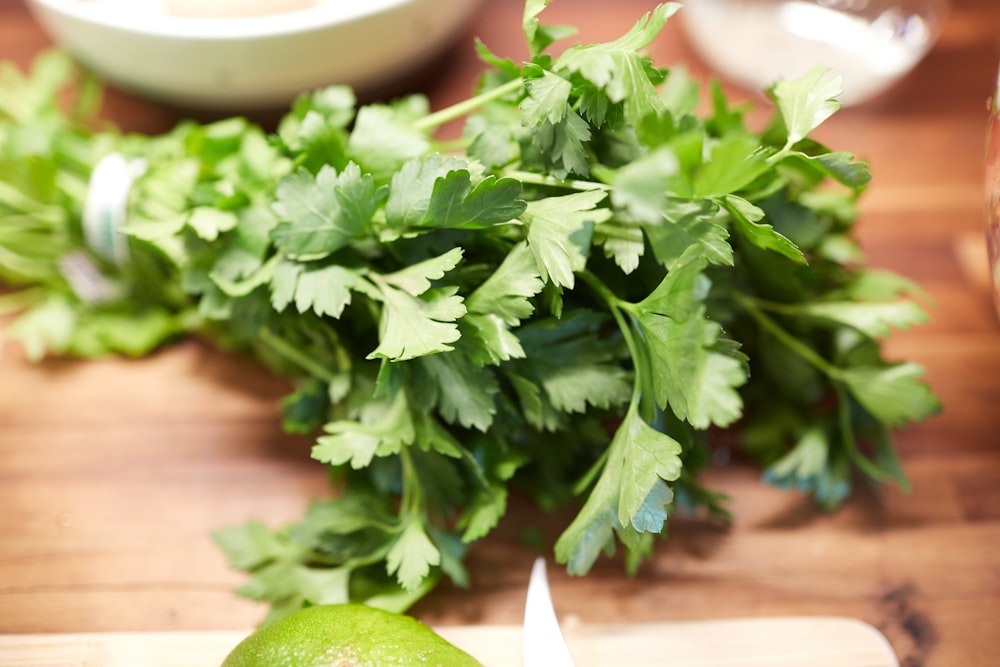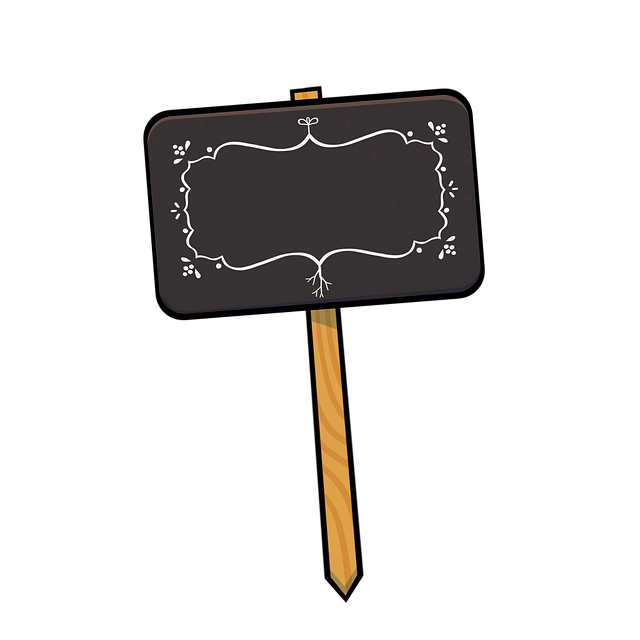Herbs are a vital part of cooking, allowing you to your dishes from bland to flavorful. If, like us, you have a small home herb garden, chances are that you’ve sometimes found yourself with a surplus at one time or another. We all love having fresh herbs at hand, but the truth is that they don’t last very long if you don’t know how to store them. In this article, we’ll explore some of the best ways to store and preserve your herb, so that you can still use them well after they have been picked, and even during the cold months where you won’t be able to grow them.
Drying

Dry herbs.
Drying herb is an easy method of preserving herbs, but it can also be lengthy. There are different drying methods that I have listed below. Herbs that are more suitable for drying are sage, thyme, oregano, rosemary, and basil.
Air drying.
Air drying is the easiest way to dry herbs, it may take longer than the other methods, but the flavour is better. You can air-dry the herbs by tying them to form a bundle, or you can scatter them over a rack. I prefer the rack method as it helps them dry faster and simultaneously, which will prevent the herb from rotting or becoming mouldy.
Method:
- Spread the leaves on the rack, place them in a warm place or in direct sunlight (I prefer direct sunlight).
- Flip them regularly for them to dry homogeneously. The process will take about 2-3 days.
- You have the choice to store as is, or break the leaves into pieces, or even turn them into powder.
Dehydrator.
Some believe that herbs that have been dried in a dehydrator taste better (although I would have to personally disagree); this is a matter of preference. Through a dehydrator, the drying process takes about 1-2 hours.
Method:
- Collect the leaves, and spray them on the dehydrator rack in a single layer. The drying time will depend on the thickness of the leaves or if you include stems, but usually, it does not take longer than three hours.
- Preheat your appliance to 95°F. If you live in an area with high humidity, you may want to set the temperature higher.
Microwave drying.
A faster method would be through microwave drying. From my experience, I found that this method does not work well with every herb. So maybe you will want to go through a trial and error phase to know if it suits you. For my part, I love to microwave dry basil and oregano. It takes me around five minutes to get it done.
Method:
- Place the leaves on a paper towel, and set another paper towel on top.
- Microwave on the highest mode.
- Check and rotate every thirty seconds.
- Repeat the process until you are satisfied with the crispiness of the leaves.
The same method applies for oven drying, except you put the loaves on parchment paper and set your oven to 190 degrees Celsius.
Freezing.
As with drying, some herbs are better frozen. From my experience, I would suggest you freeze your parsley, cilantro, and chives. Even if their bright green colour may change, they will keep their strong flavour.
Method:
- Rinse your herbs, and dry them with a paper towel.
- Put them directly in a zip bag and into the freezer, or you can put them into ice cube trays with oil.
In oil

Parsley is the best to preserve in oil.
This method will work specifically for basil or parsley, and with this method, you can preserve them for three months.
Method:
- In a food processor, add your herbs and coarse salt with a drizzle of olive oil.
- Place the mix into an airtight container.
- Use a tablespoon or two whenever you need.
Your herbs will last longer, and even when the cold days come, you will still savour the flavour of your homegrown herbs. Let us know in the comments if you have other ways of preserving your fresh herbs.



